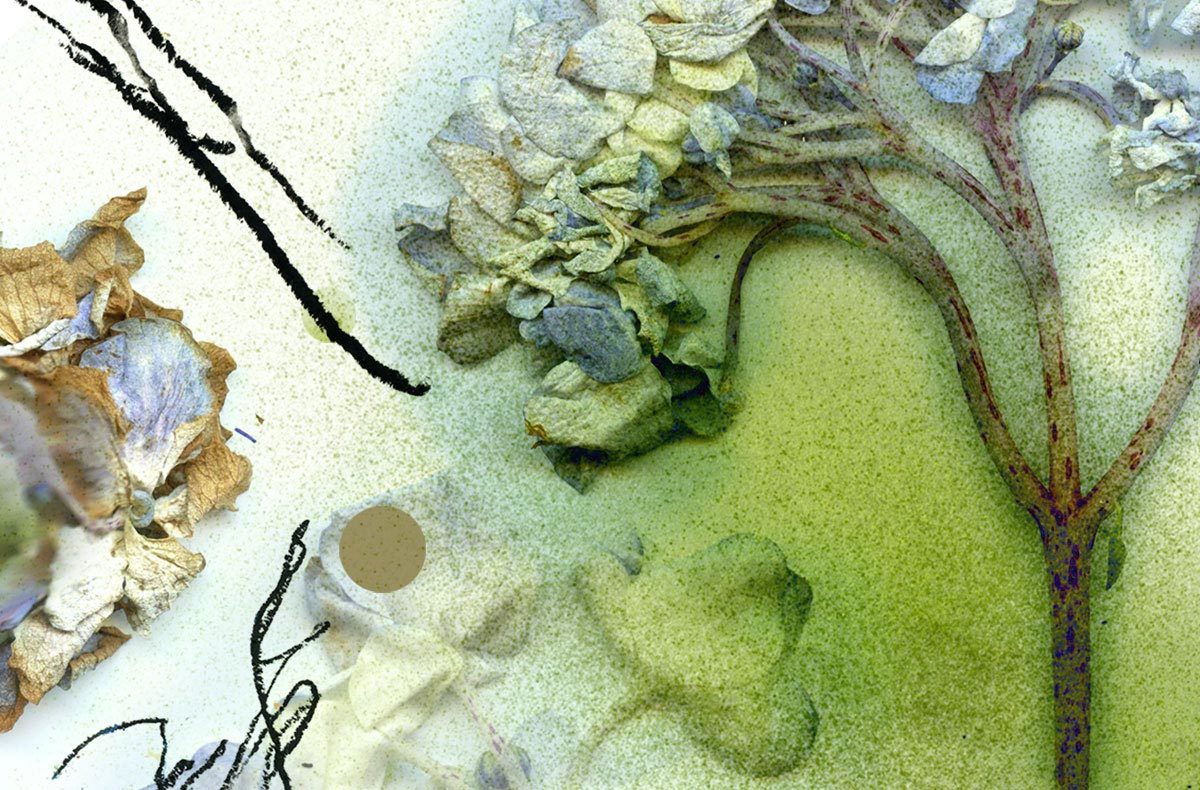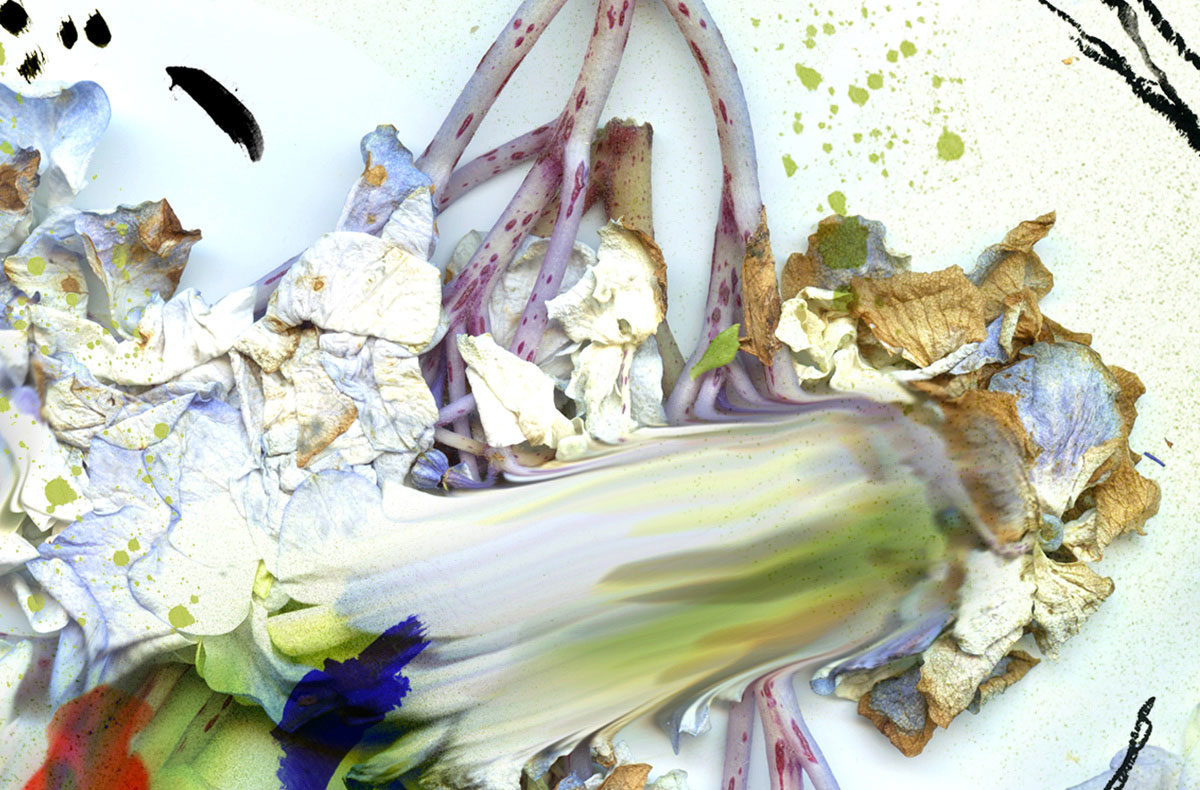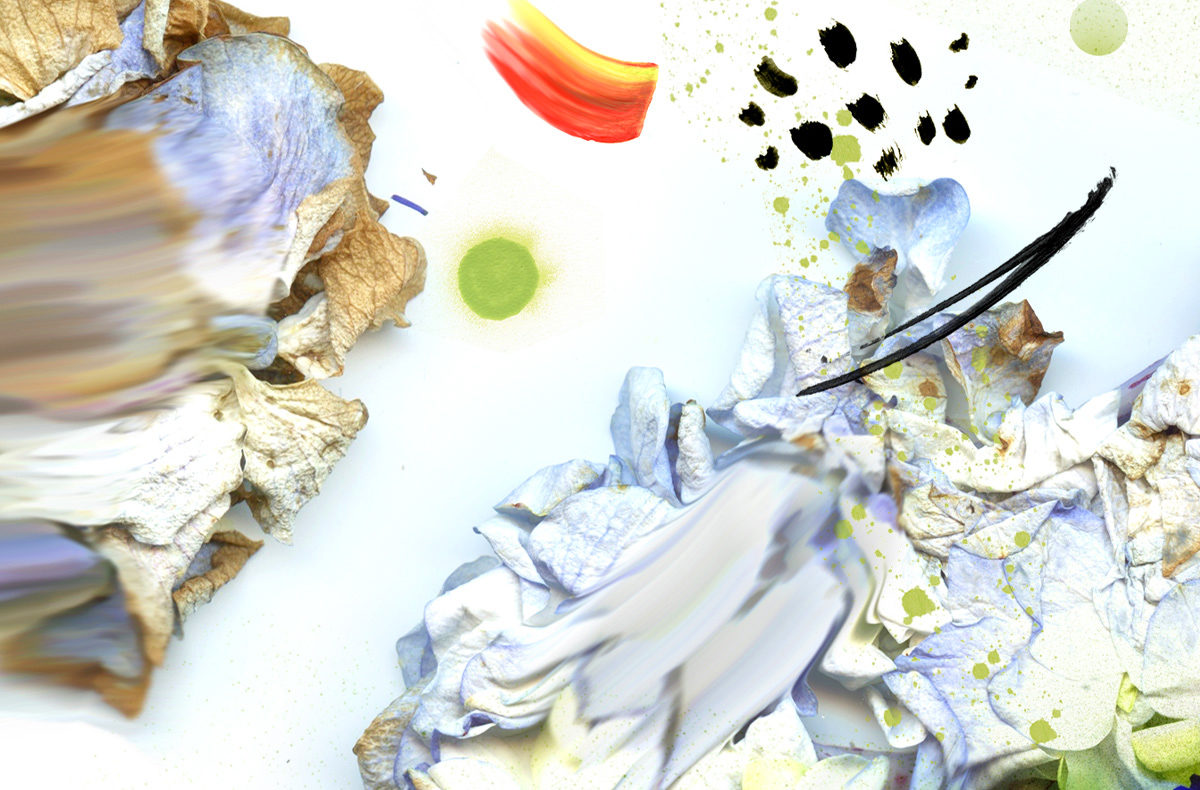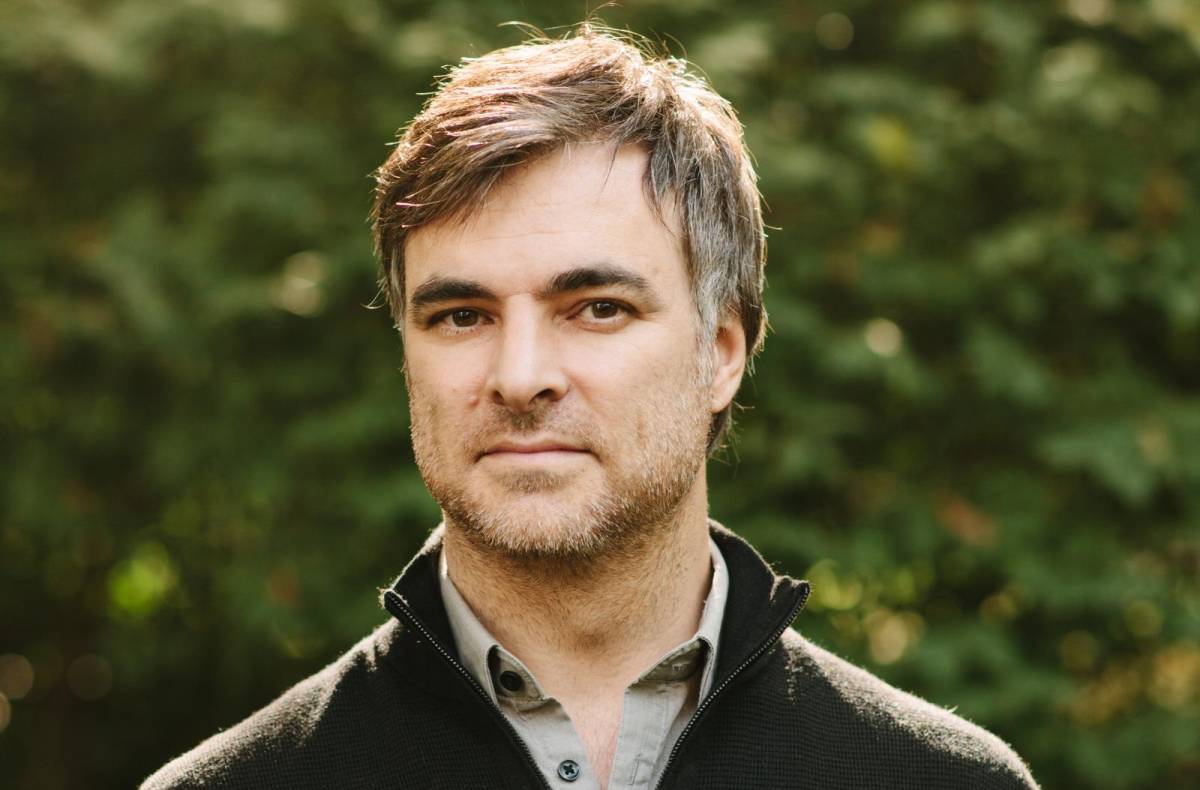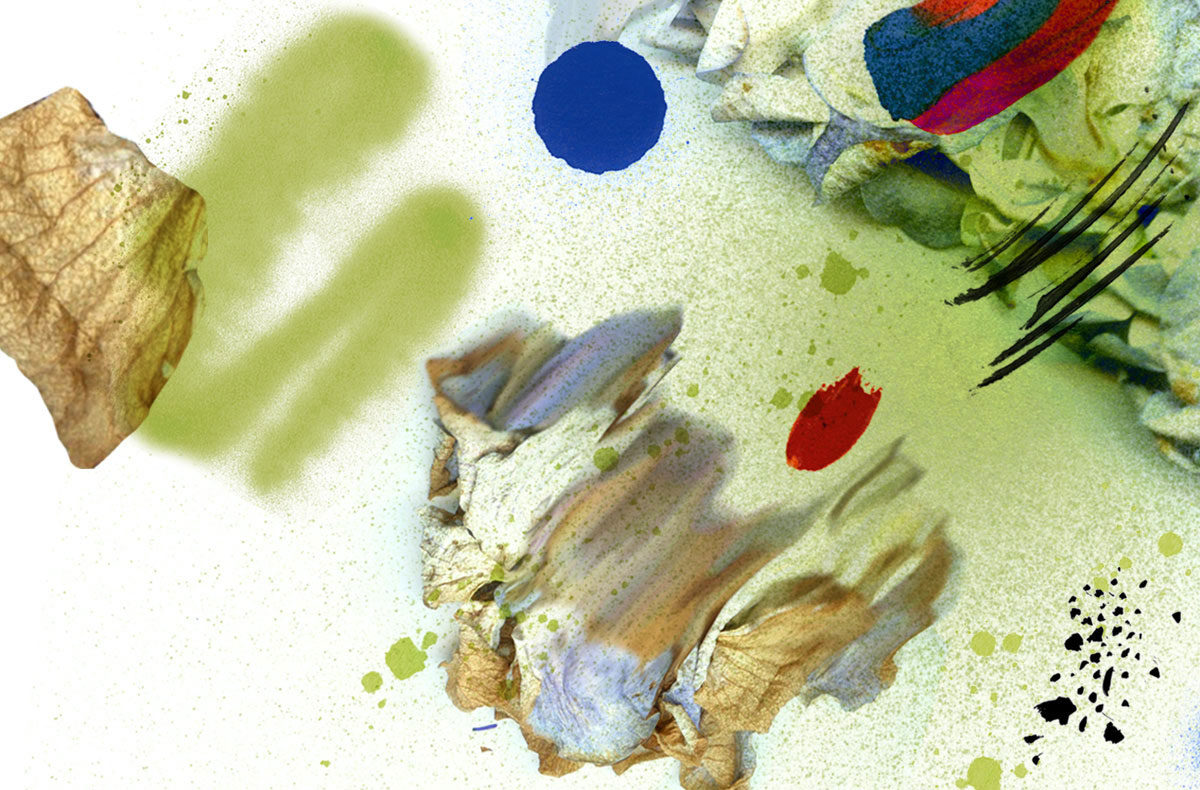By David Maggs, Metcalf Fellow on Arts and Society
I know I speak for everyone at Metcalf in saying how thrilled we are by the responses we are getting on these posts. Thank you for taking the time to read and reach out.
The last post prompted vigorous debate from three sides of the issue: those worried about indulging social priorities within arts funding, those worried about defending artistic priorities with social imperatives at stake, and those convinced the distinction between social value and artistic value is a false dichotomy. If we had a comments section, it would have been a three-way brawl.
I’ve decided to bump what we were planning for today in order to pick up on this debate and see if we might find further clarity, fashion a peace, or raise the stakes even further.
My belief in connecting artistic and social values in terms of an essential paradox is perhaps closest to those who dismiss the dichotomy outright, as I aim to integrate these values as a way of rebuilding the foundations of a thriving relationship between art and society. But I do not believe this is a false dichotomy. Characterizing it as an essential paradox is a way of keeping an eye on distinct forces, realizing they may not always serve one another synergistically. There is art that doesn’t give a damn about the world and various branches of twentieth century Modernism showed us what a lonely place that is. Likewise, the desire for social impact can undermine the very power for which the help of art is typically sought, and Claire Bishop’s critique of social practice art offers a cautionary tale.1
In believing that both artistic and social values are important to rebuilding the relationship between art and society, I am not promoting the idea of doing a little of each option here, but rather seeking their most potent integration. It is a challenge I’ve been exploring for decades now, mostly at the intersection of art and climate change, mostly through interdisciplinary, digital, and music-based practices, and always from the limited lens of a Western approach. Relevant to our recent debate, two questions have emerged from this work as a way of putting our paradox into practice.
First, can we understand problems in terms of their “arts-shaped holes” — those aspects of an issue most suitable for artistic engagement. Typically, art relates to social issues as a communications exercise — art to raise awareness or illustrate values — landing us in propagandistic terrain. Here, art becomes derivative, serving convictions we already hold. Bereft of genuine processes of discovery, such creative activity rarely enchants, and research tracking its social impact is often discouraging. Understanding the arts-shaped holes in an issue allows genuine creative processes to explore rather than illustrate, inquire rather than instruct, fostering more fruitful intersections between art and issue. Here, we take a crucial first step in connecting social challenges to the core capacities of arts practices.
The second question is to wonder what these core capacities even are. Here, I find myself skeptical of our unbridled enthusiasm for the endless goods the arts deliver. Advocacy instincts get the better of us, pronouncing value and impact with scant justification. Even where research does document impacts of artistic activity, we must be cautious, as such studies rarely isolate the role of art as a unique driver of value. Documenting impacts accomplished through artistic interventions doesn’t mean such impact cannot be achieved through bowling leagues and hair salons.
So, to accompany understanding the world in terms of its arts-shaped holes, can we understand art in terms of its unique value propositions — what does art do better than anything else? One answer is the capacity to attend to the world in terms of the aesthetic. That is, to consider self, world, and other in terms of lines, shapes, patterns, textures, rhythms, harmonies, imagery, melody, metaphor, pace, pitch, duration, and form. Art is a unique capacity to break open many of the cognitive, linguistic, and perceptual habits (of a Western rationalist paradigm) that structure and constrain standard ways of making sense of ourselves.2 If the “crack in everything” is how the light gets in, art is a particularly generative means by which those cracks are formed.
Equipped with arts-shaped holes and unique value propositions, can the realms of artistic and social value come together in ways that make peace between the different perspectives on this issue? Can we comfort those worried about artistic value with this strategy for transporting that value into a world that has grown beyond Eurocentric assumptions about art, culture, knowledge, and value? Can we convince those focused on social imperatives that the most potent way for artists to address the concerns of their day is through the artistically-driven power of their practices? And can this paradox grow habitual enough that those claiming a false dichotomy within this analysis turn out to be right all along?


